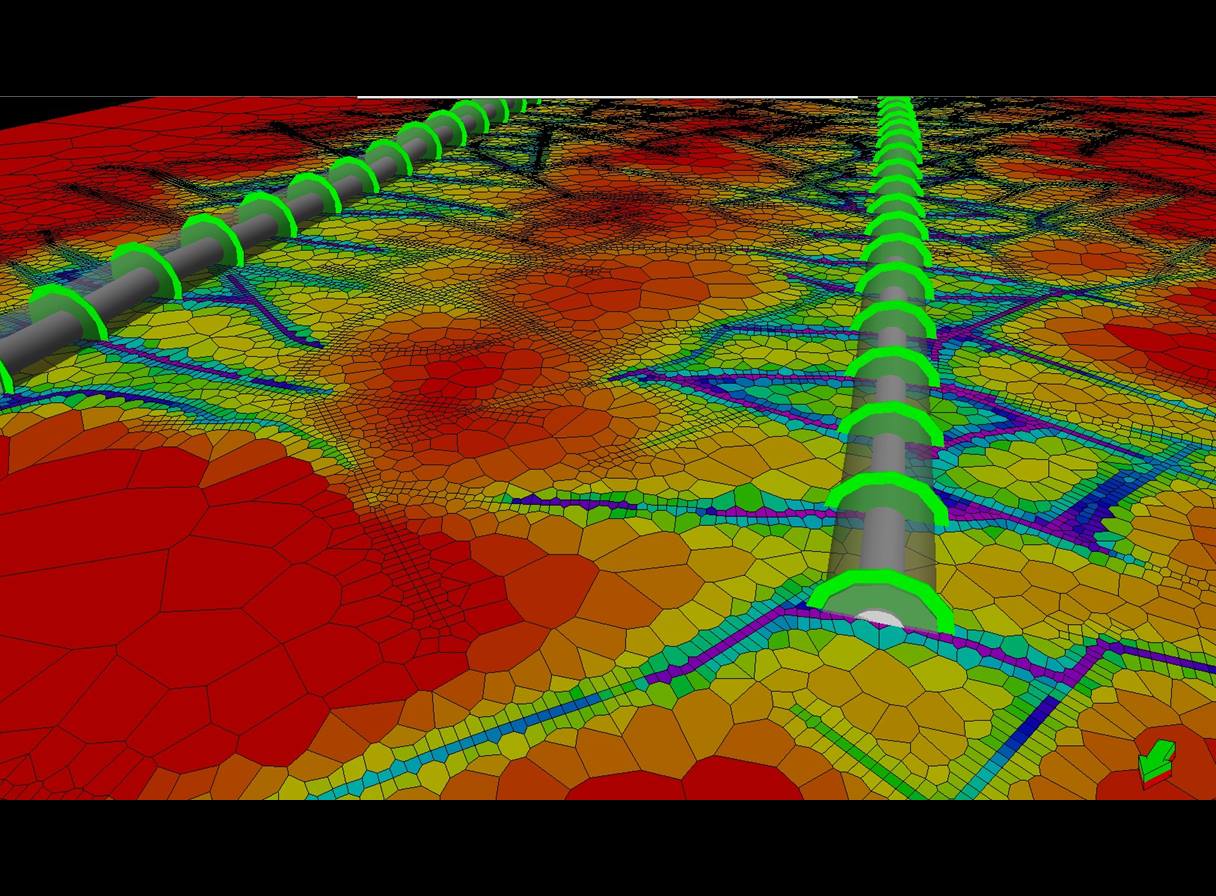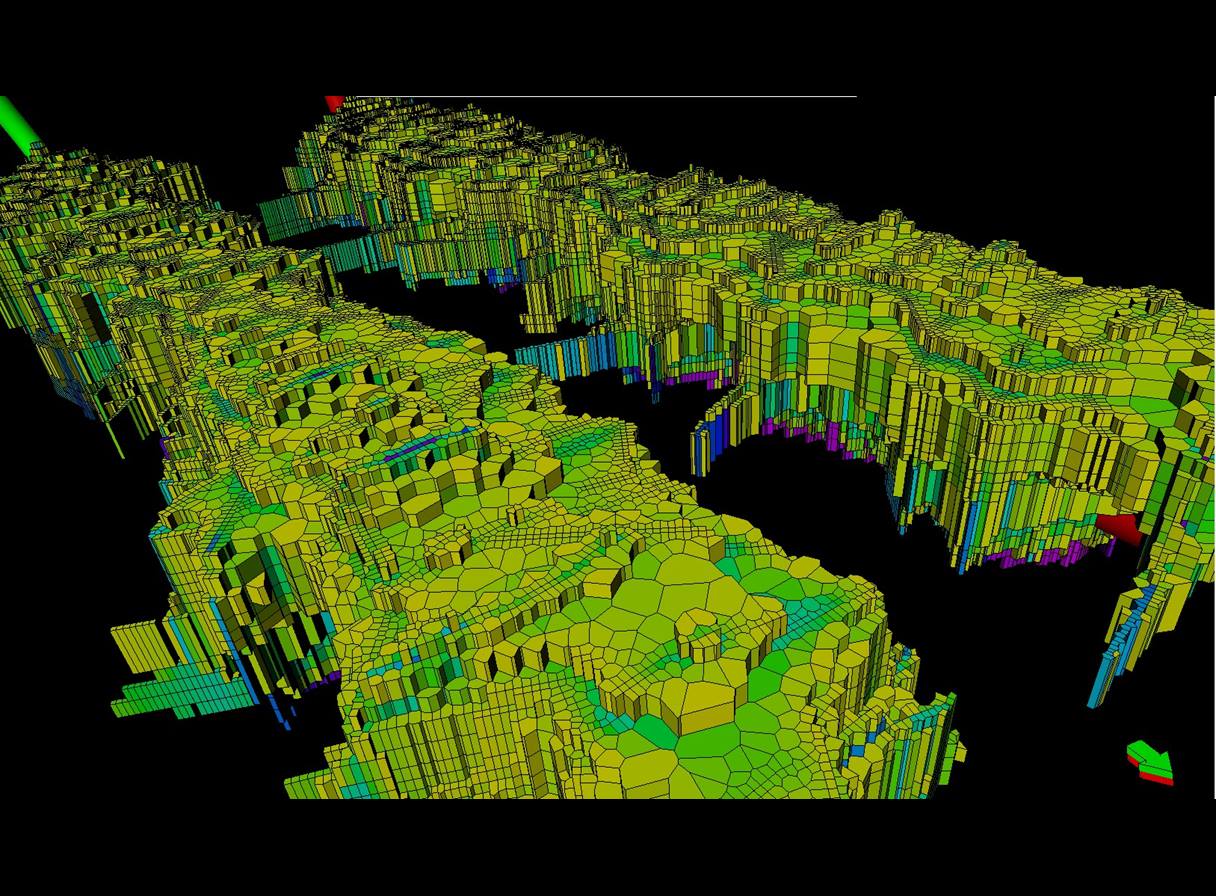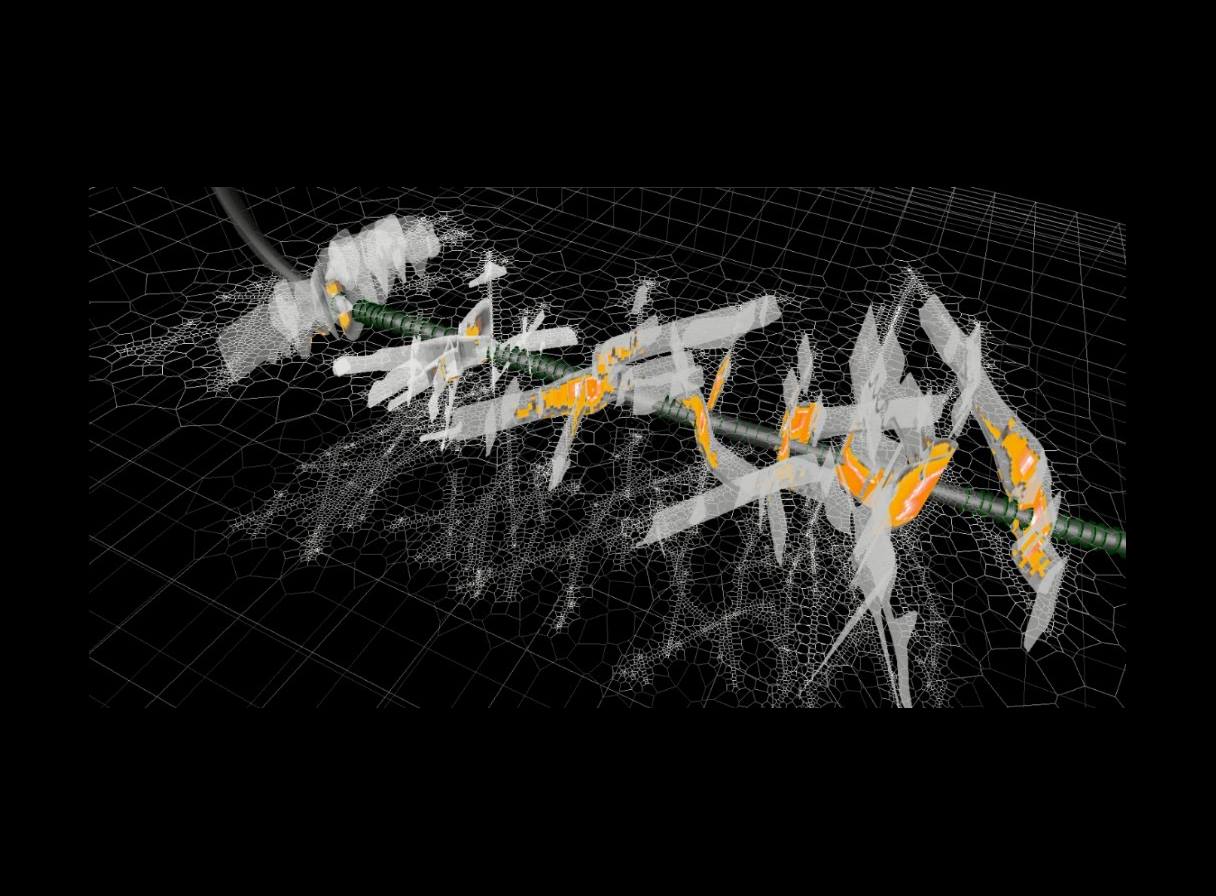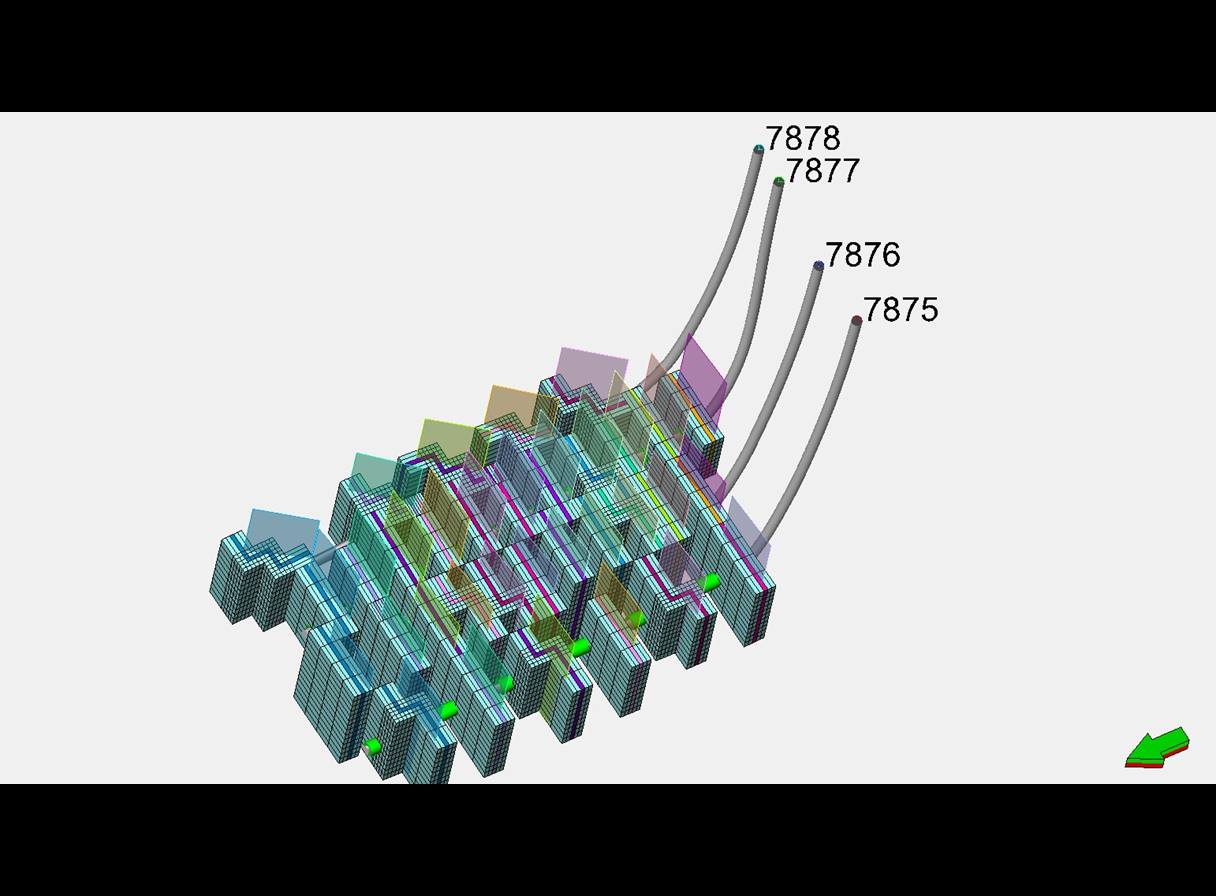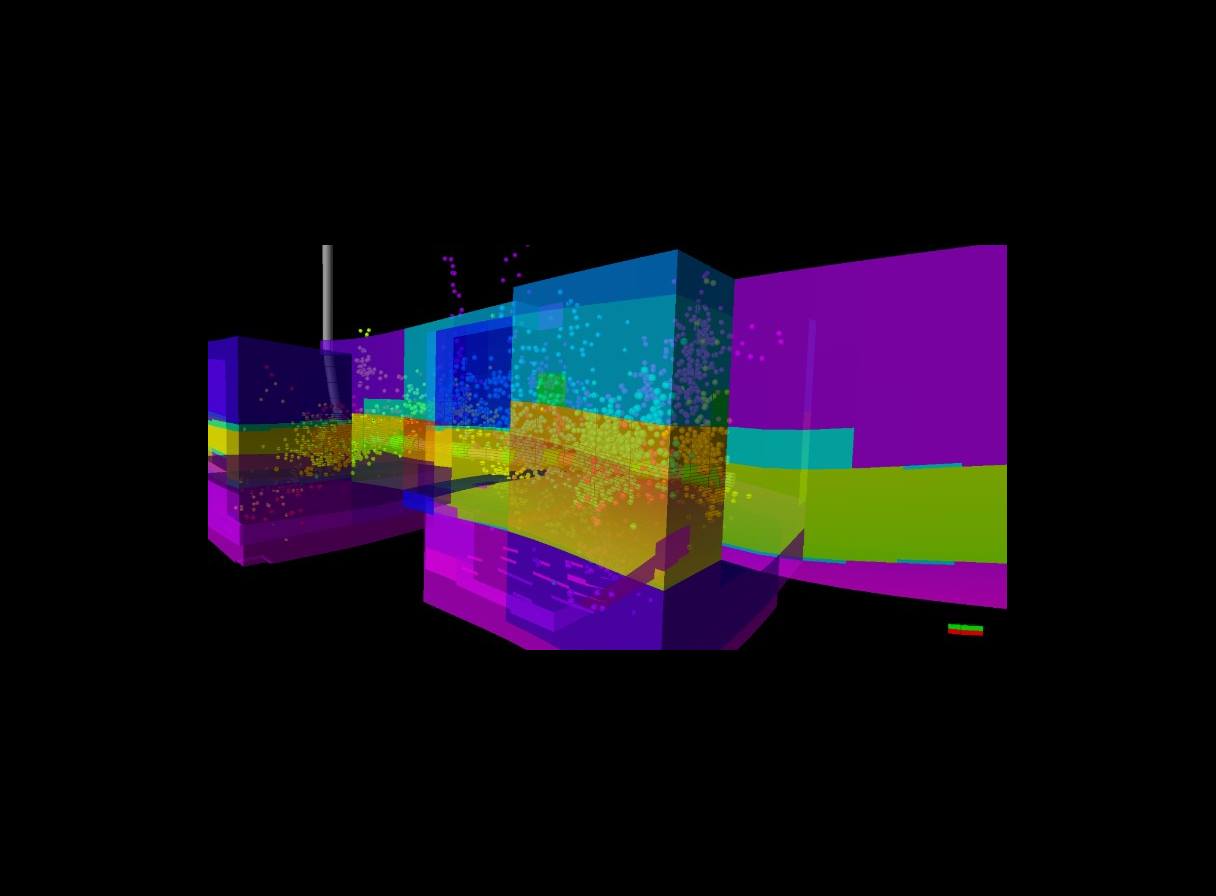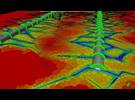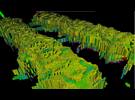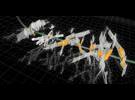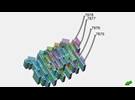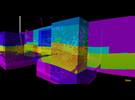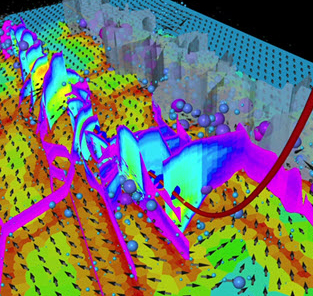The advance of hydraulic fracture application in longer, more extensive horizontal wells has further confounded the modeling techniques used to estimate the impact these stimulation techniques incur on well production.
There is now a greater need to incorporate the complexities involved with geological, geomechanical, and flow considerations, not just for understanding in situ reservoir conditions, but also how the reservoir system changes during hydraulic fracturing.
The incorporation of these disciplines only further magnifies the inconsistency across different conventional fracture models. To provide an array of means to model the effect of hydraulic fracture simulations, Petrel subsurface software includes multiple approaches.
The wide breath of possibilities for hydraulic fracture modeling in Petrek ranges from conventional planar fracture and calculated stimulated reservoir volume approaches to numerically simulated hydraulic fractures that are functions of not only hydraulic head but also geomechanical and geological variability.
The Petrel Reservoir Engineering core offers the ability to create hydraulic fractures as completion objects, which can be used to create planar hydraulic fractures or equivalent productivity index flow manipulations.
Incorporate effects of hydraulic fracture stimulation into simulation models
Hydraulic fracture modeling within the Petrel platform offers an additional level of flexibility for unconventional, multistage, planar fracture modeling, which gives reservoir engineers an intuitive user interface for incorporating the effects of hydraulic fracture stimulation into models in the Eclipse industry-reference reservoir simulator or Intersect high-resolution reservoir simulator. Additionally, the stimulated reservoir volume (SRV) can be calculated from either pumping-related information or microseismic data to attribute the effect that the hydraulic fracture stages have on production.
Kinetix Shale reservoir-centric stimulation-to-production software in the Petrel platform provides a seamless connection from geology and geomechanics into completion engineering and to reservoir engineering and production workflows.
This integrated workflow introduces new hydraulic fracture models. These models incorporate the 3D varying geologic model and natural fracture definition to calculate how a hydraulic fracture will propagate fluid and proppant into the reservoir. This hydraulic fracture understanding is then translated into a reservoir engineering focused model to estimate the effect on production.
